MTN South Africa has once again emerged as the country’s top-performing mobile network, securing the highest score in the Q2 2025 MyBroadband Network Quality…
Review: Amarok versus Ranger
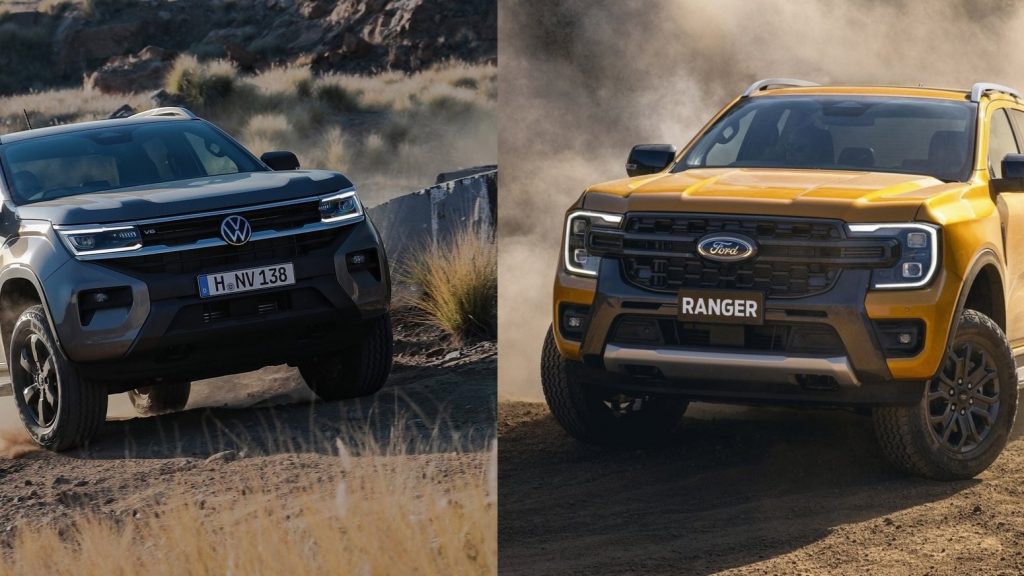
Ford’s Ranger T6.1 and VW’s second-generation Amarok are twins. But how does one decide between these bakkies, which share similar engines, platform engineering and chassis structures?
Is it a question of design differentiation? Do they actually drive differently? Or is UX and cabin architecture what differentiates them?
We’ve been fortunate to test the latest versions of each in both off-road and luxury double-cab trim, and the differences are subtle. But in the very competitive local market for double-cab vehicles, the margins of choice are often small. So, details matter.
The origin story of these bakkies is well known. Ford and VW decided to cooperate, creating a twin-platform solution for the current Amarok and Ranger. But the engineering work was done by Ford, with VW’s technical people only adding their own bodywork and cabin trim.
Ford’s R&D resources are invested in bakkies instead of passenger cars. More than 1,000 technical experts were involved at Ford’s R&D centre in Melbourne, Australia, when the new T6.1 Ranger was developed. The result is an excellent ladder-frame steel chassis engineered to carry 1t in the loadbox while keeping four or five occupants reasonably comfortable in the cab.
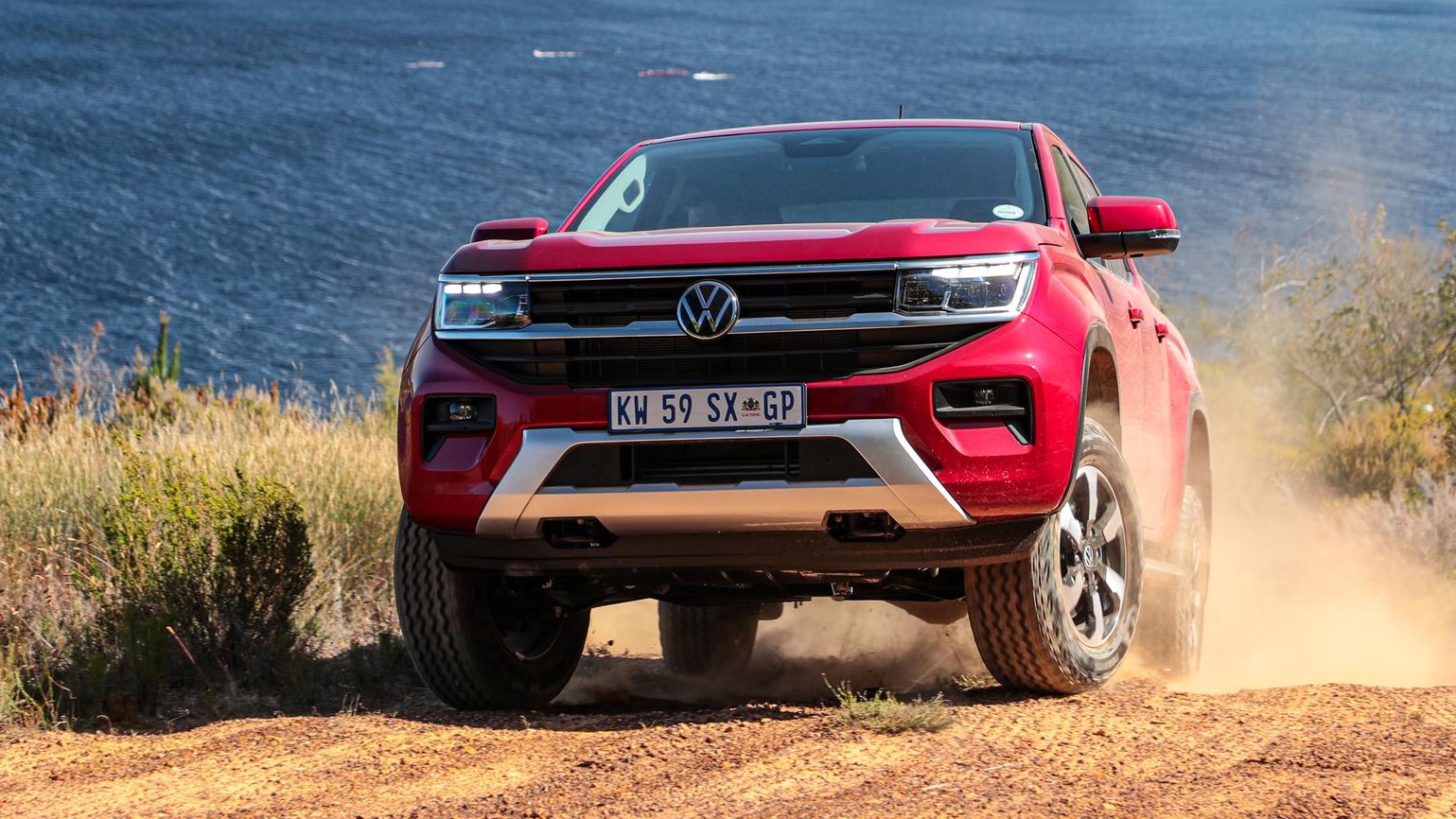
Do appearances matter?
Dimentionally, the Ranger and Amarok differ very slightly, with the Ford double-cab being 20mm longer and 8mm wider. Ford’s design is much bolder, with the C-shaped LED headlights and front-end details accentuating vehicle width.
Around the loadbox, Ford also offers something VW doesn’t: the box step. This clever feature on Ranger is two slots at each corner of the rear bumper, which makes a big difference for bakkie enthusiasts. Getting up-and-into a bakkie loadbox isn’t easy when you have legacy lower limb injuries. Or when that bumper is slippery after some rain.
It’s much safer and more convenient to step into the Ranger’s loadbox using the box step instead of doing the same in an Amarok, which lacks the box step feature.
Amarok has a sleeker appearance, with its slightly raked wraparound headlamps. The grille shape and bumper proportions are also less pronounced than Ranger. By evidence of comparison, the differentiation in design between these bakkie twins is simple: Ranger is the bolder bakkie for people who value a traditional American-bakkie aesthetic, while Amarok is a slightly more elegant design.
Although there is a high commonality of external features between the bakkies, like automated roller shutters on the premium derivatives, the box step is a notable real-world benefit exclusive to Ranger.

The big difference is inside
There are several compromises and issues when trying to create a double-cab vehicle cabin space, which is passenger-car comfortable.
Bakkies are utility vehicles, which means they are built on a tough ladder frame chassis, which doesn’t leave much room for floor depth. Most often, the rear passengers in a double-cab bakkie don’t have great legroom or comfort during a long journey.
The Ford bakkie platform Ranger and Amarok are built on, tries to find a fair compromise between off-road ruggedness, utility and cabin comfort. Both brands’ double-cabs front seat comfort is very high, thanks to Ford and VW sourcing seats with a credibly ergonomic design.
There are notable differences between Amarok and Ranger’s cabin experience regarding UX and infotainment. Ford has been a leader in bakkie infotainment with its MySync system. Developed with the input of former BlackBerry engineers, it has logical menu navigation and excellent user intuition.
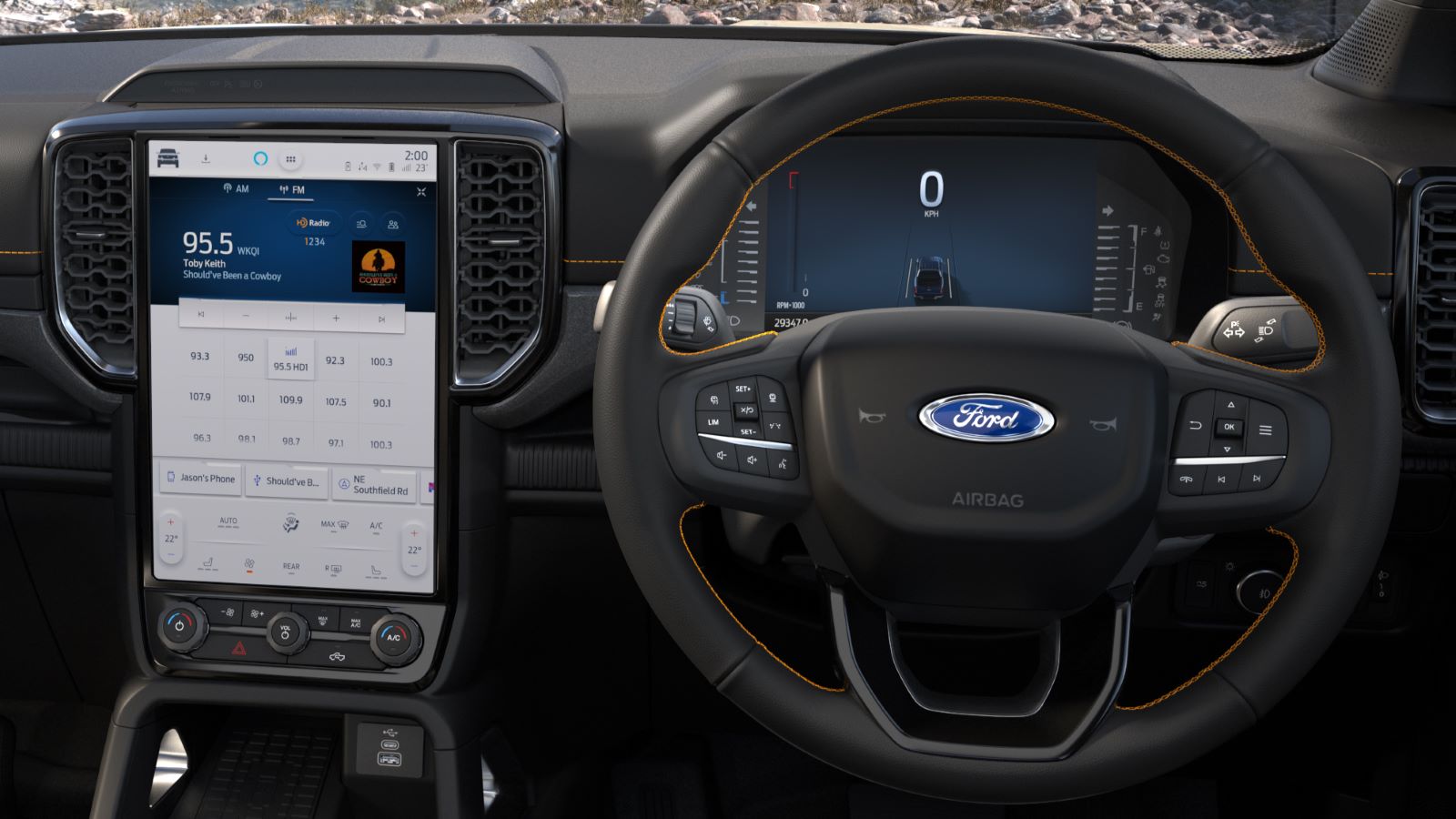
Shared Ford UX
Ford has also been brilliant at avoiding the fallacy of haptic-overkill with the Ranger’s UX design. Bakkie drivers prefer a blended approach, with physical buttons and dials for specific functions, like ventilation, heating, cooling and volume control.
At the base of Ford’s touchscreens are traditional driver and passenger heating/cooling dials, ventilation speed controls and a central infotainment volume adjuster. When you are cruising along on rural dirt roads, rolling over harsh corrugations, and you need to make a rapid ventilation recirculation adjustment, it’s reassuringly intuitive to reach down with your left hand and operate a dial, instead of fumbling about on a touchscreen and having an awkward haptics misjudgement.
Ford has allowed VW to use the fundamental MySync software for Amarok’s infotainment system. The graphics might look different (they’re more impressive than in Ranger), but the broad menu tree and functionality are similar. Amarok is all the better for its Ford influence, as infotainment interfacing has been an issue for VW’s software and UX engineers for many years.
The Amarok has additional physical function tabs at the base of its touchscreen, and these are smart. Still, they can’t substitute for a significant difference between the VW and Ford approach to overall ergonomics.
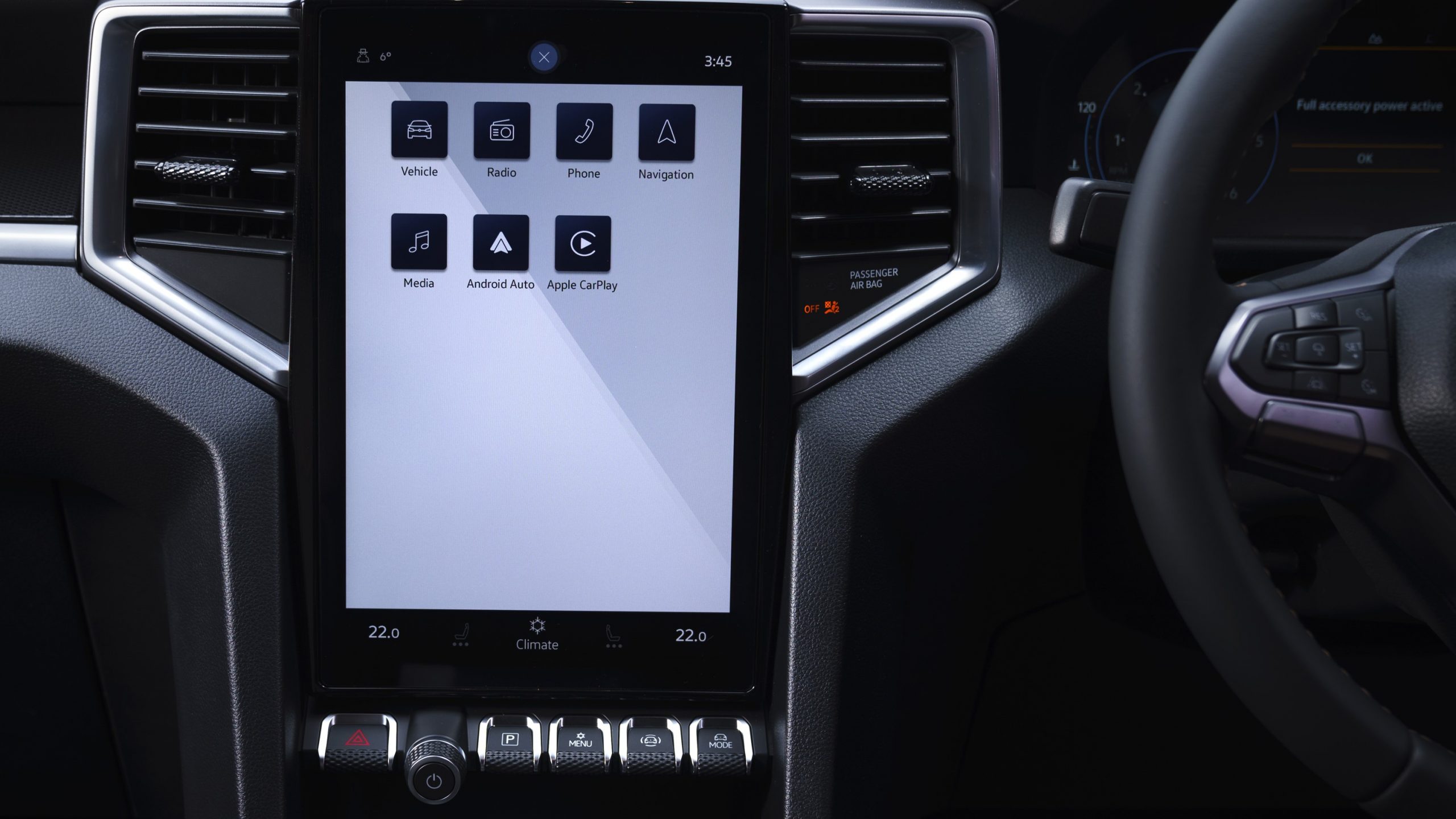
Amarok has one UX weakness
The issue with VW’s double-cab is its lack of physical heating and ventilation controls. You need to touch a tab button and then use the infotainment screen to make adjustments. That’s an annoying two-step solution compared to the Ranger’s full-spectrum of physical dials, which do the same thing. And do it intuitively when driving at speed, on rougher roads.
Another clever feature of the Ranger’s cabin architecture is a storage gutter at the edge of the centre console. It’s perfect for holding Smartphone or access card, for easy recovery and use. Again, like the boxstep, this feature is unique to Ranger, and absent in Amarok. Interestingly, the original design intent of this storage gutter is to hold takeaway chips, and if you look closely, you’ll see the fried chips icon indicating its purpose.
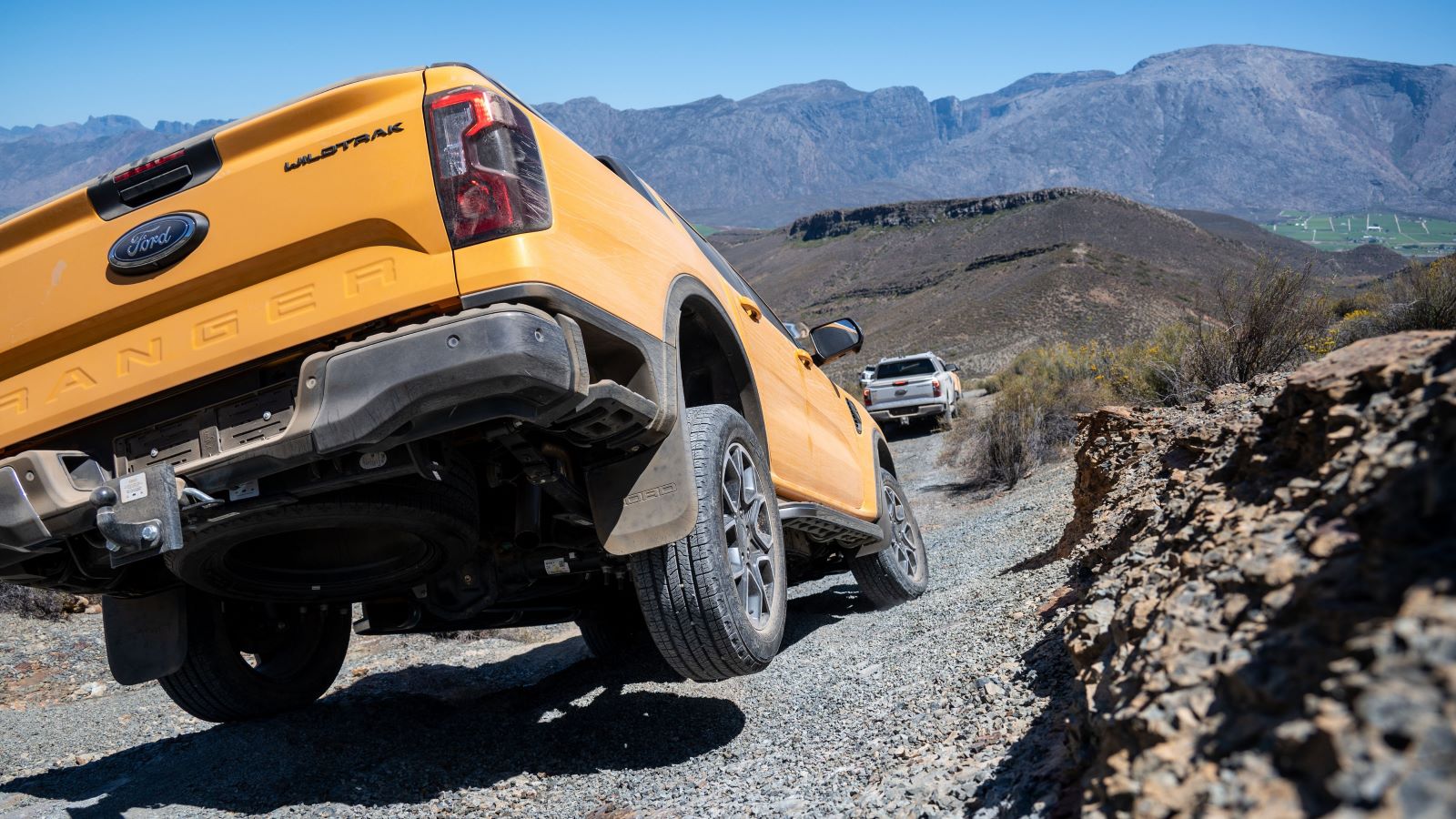
Are they different to drive?
Ranger looks bolder and has slightly better cabin ergonomics, but which is the better bakkie to drive? We tested 2-litre bi-turbo and 3-litre V6 turbodiesel versions of the Amarok and Ranger, with various wheel and tyre configurations.
The Ford-engineered chassis is excellent, and if you are sensible to choose the 255/70/16 or 255/65/18 wheel and tyre options, you’ll be fine for all South African terrain types. The larger 20-inch wheel options are to be avoided.
High-speed tracking stability and dirt road driveability are excellent with all the Ranger and Amarok bakkies we tested, but there is something to be said for tyre and trim choices. Although the V6 versions roll impressively sized 20-inch wheels, these are a compromise for South African roads.
Ford’s 2-litre and 3-litre turbodiesel engines work great, paired with their accompanying 10-speed automatic transmissions. For some bakkie traditionalists, having ten gears might be superfluous, but it makes a difference. Whether you require a surge of overtaking acceleration or a lower gear (or two) to clear a long incline on the N1 between the coast and Gauteng, the 10-speed Ford transmission delivers real benefits for both Ranger and Amarok.
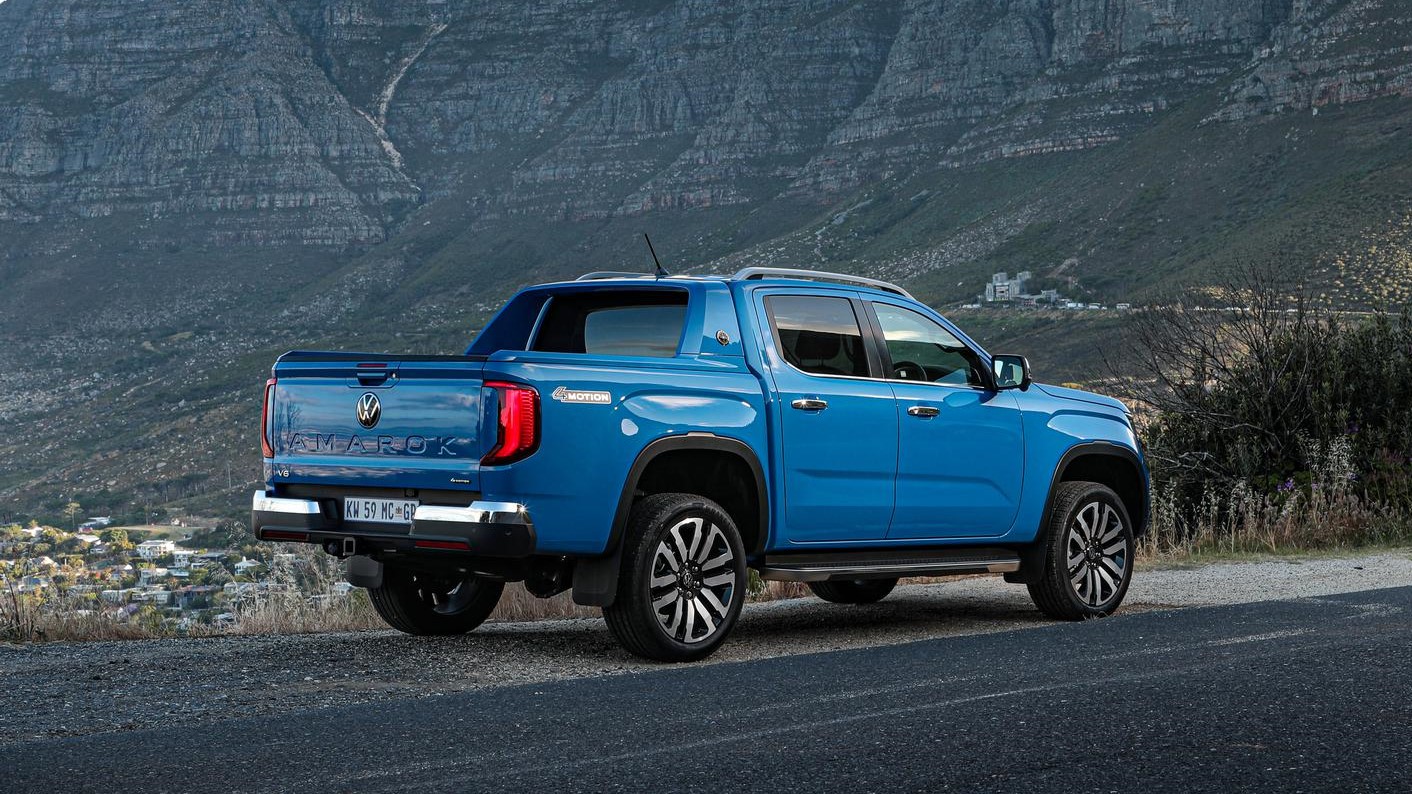
Is the V6 engine worth it?
Regarding engine choice, much has been expected of Ford’s 3-litre V6’s performance in Amarok and Ranger. Our driving experience with all the available engine options revealed that there is more to throttle response and driving experience than output numbers.
There’s an argument to be made in favour of the 2-litre engine, with its 154kW power peak and 500Nm of torque.
The larger 3-litre V6 might rate at 184kW and 600Nm, but it doesn’t feel that potent in most driving scenarios. The Audi-sourced 3-litre V6 turbodiesel, which powered the previous-generation Amarok V6, felt notably more responsive and powerful than Ford’s 3-litre V6.
Ford’s 2-litre bi-tubro is excellently calibrated for keen throttle response and lower fuel consumption than the 3-litre V6 option. And, of course, the overall purchasing cost is more reasonable because it’s smaller.
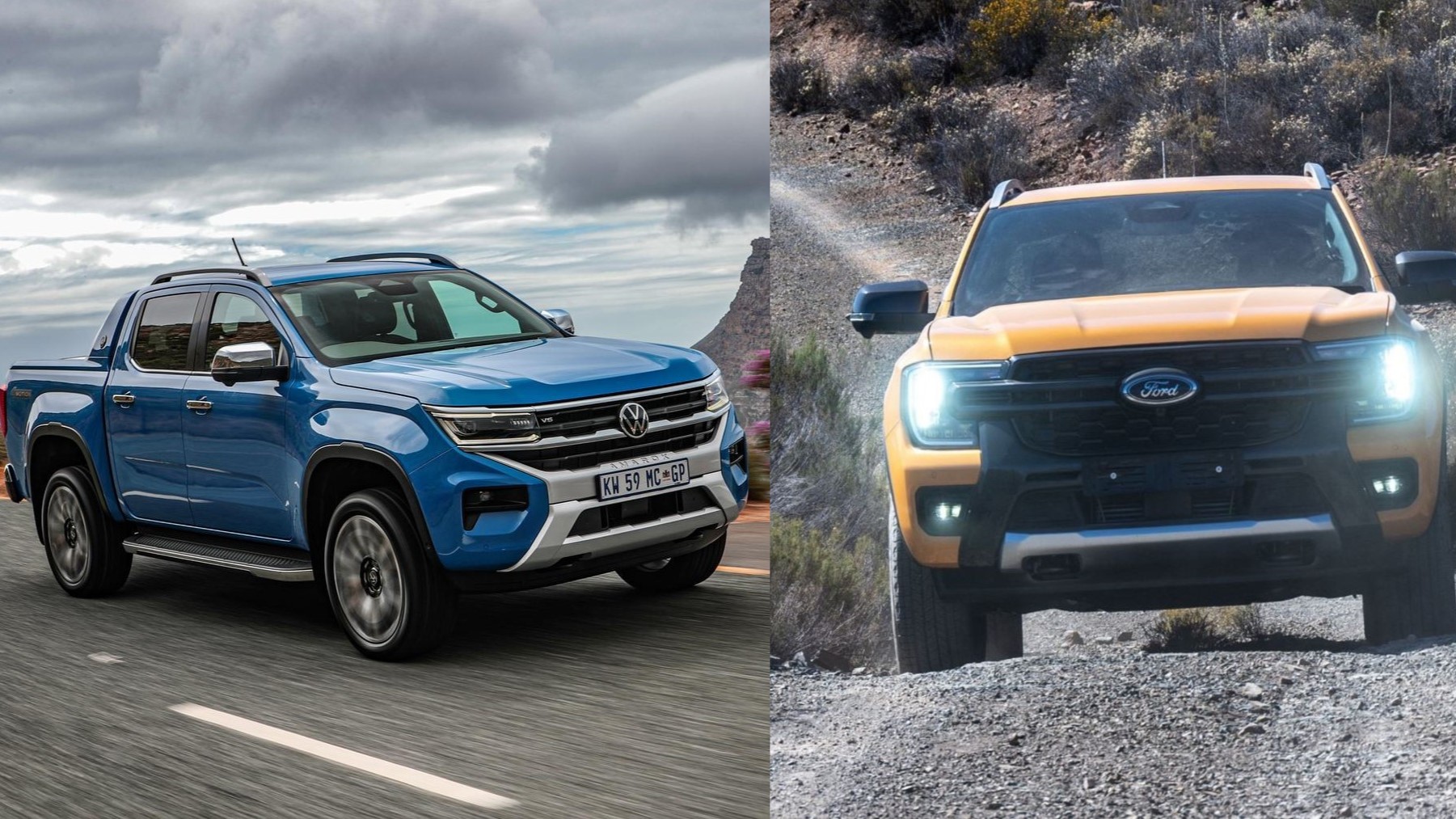
Amarok or Ranger?
Technically, Ford and VW’s double-cab bakkies, are twins of each other. And that means there is no discernable difference in the driving experience or technical specification.
The only differentiators we experienced driving the new Ranger and Amarok derivatives back-to-back were the infotainment UX and some cabin ergonomics. And in that respect, the Ranger has a slight advantage over Amarok. The Ranger’s additional small storage spaces and conventional buttons and dials to control HVAC functions make a real difference when operating the Ford as a daily driver.
But as a long-term ownership experience, Amarok owners can resource the support of VW’s dealer network, which is (slightly) larger and more dispersed throughout South Africa, than Ford’s.
Our recommended best buy options? If you want to go Ford, it must be the Ranger 2.0 Bi Turbo Double Cab XLT 4×4, priced at R833,800. And the smartest VW bakkie buy? That would be the Amarok Style 2.0 BiTDI 4MOTION, with Comfort Package, positioned at R919 500.

